DNVN - The digital transformation process in logistics in Vietnam still faces many difficulties on many levels, both at the macro and micro levels, from state management agencies, localities and enterprises.
Speaking at the “5th Regional Logistics Forum with the theme: Digital transformation - New driving force to promote growth in the Red River Delta”, on the afternoon of May 28, Mr. Nguyen Duc Hien - Deputy Head of the Central Economic Commission said that new generation free trade agreements are creating opportunities to strongly promote the development of the logistics sector.
In 2023, according to the Logistics Performance Index (LPI) ranking published by the World Bank, Vietnam continued to increase its score in the 2018 LPI report by 0.03 points. Specifically, from 3.27 points to 3.3 points, ranking 43rd out of 139 ranked economies with improvements in infrastructure, customs and international shipping factors.
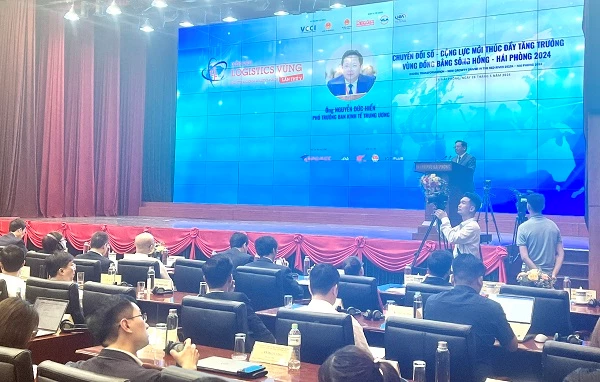
Mr. Nguyen Duc Hien - Deputy Head of the Central Economic Committee said that Vietnam has not yet formed a network of large-scale logistics enterprises.
Statistics from the United Nations Conference on Trade and Development (UNCTAD) show that the Vietnamese fleet has increased from 4th place in 2019 to 3rd place in the ASEAN region and 22nd place in the world in 2022. In 2019, the Vietnamese fleet ranked 30th in the world.
However, our logistics industry still has limitations. Domestic freight transport is mainly by road, logistics costs are still high, capacity, service quality and professionalism do not meet requirements.
The promotion of links between logistics enterprises, between logistics enterprises and manufacturing and exporting enterprises is still weak. A network of large-scale Vietnamese logistics enterprises with the capacity to lead and pioneer in entering the international market has not yet been formed.
In the Red River Delta, the development of the logistics industry has been facing many challenges and difficulties related to land funds for building warehouses and storage facilities. There are not many freight transit centers and logistics centers, and the investment capital of enterprises is not large.
Mr. Pham Tan Cong - Chairman of the Vietnam Federation of Commerce and Industry (VCCI), the digital transformation process in the logistics industry is still slow, not meeting development requirements. The level of logistics human resources and investment capital are still limited.
Commercial infrastructure and transport infrastructure have not yet been invested in proportionately and synchronously with practical development needs. The inter-sectoral coordination mechanism in the logistics sector has not yet been effective and efficient at times and in some places.
Although the benefits of digital transformation are clear, the digital transformation process in the logistics sector in Vietnam still faces many difficulties on many levels, both at the macro and micro levels, from state management agencies, localities and enterprises.
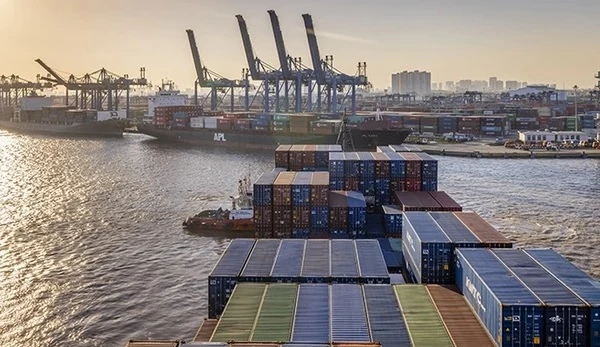
The Ministry of Industry and Trade's 2023 Logistics Report said that 90.5% of logistics service enterprises participating in the survey are still in the digitalization stage, including level 1 of computerization and level 2 of connection. Of which, the majority of enterprises are at level 2, accounting for 73.5%.
“Only 5% of logistics service enterprises have advanced to level 3 (visualization), 2.2% to level 4 (transparency). Notably, only 1.9% of logistics service enterprises have advanced to level 5 (forecasting ability) and a very “modest” 0.4% of enterprises have reached the highest level - level 6 (adaptability), said Mr. Cong.
Thus, digital transformation in the logistics industry in Vietnam is still in its early stages. It has not really received proper attention and investment.
The Deputy Head of the Central Economic Commission proposed that developing the logistics industry in general and promoting digital transformation in the logistics industry in particular requires the synchronous, timely and effective participation of all levels, sectors and the business community. That is to continue to innovate and improve the quality of institutional work, creating a favorable legal basis for logistics activities.
Focus on building a synchronous and modern logistics infrastructure system. Promote the role of logistics to promote regional connectivity and strong intra-regional connectivity.
For the Red River Delta, with its available potential and advantages, localities in the region need to proactively establish clean land funds to create favorable conditions. Be ready to attract large, reputable, capable, transnational economic corporations and groups that are able to participate in the global production and supply chain.
It is necessary to attract leading international logistics enterprises to invest in developing logistics infrastructure, contributing to making the Red River Delta a logistics service center of Southeast Asia and the world. At the same time, research and establish financial institutions and policy mechanisms to proactively balance resources to implement inter-provincial projects in the region.
“Developing smart logistics needs to be based on the foundation of scientific and technological progress and innovation. Promoting the application of information technology in the logistics industry, taking advantage of and exploiting the maximum efficiency of the digital transformation process to develop the logistics industry,” Mr. Hien emphasized.
Hoai Anh
Source: https://doanhnghiepvn.vn/chuyen-doi-so/chuyen-doi-so-trong-logistics-o-viet-nam-gap-kho-nhieu-be/20240528043303792





![[Photo] Relatives of victims of the earthquake in Myanmar were moved and grateful to the rescue team of the Vietnamese Ministry of National Defense.](https://vstatic.vietnam.vn/vietnam/resource/IMAGE/2025/4/2/aa6a37e9b59543dfb0ddc7f44162a7a7)

![[Photo] Third meeting of the Organizing Subcommittee serving the 14th National Party Congress](https://vstatic.vietnam.vn/vietnam/resource/IMAGE/2025/4/2/3f342a185e714df58aad8c0fc08e4af2)
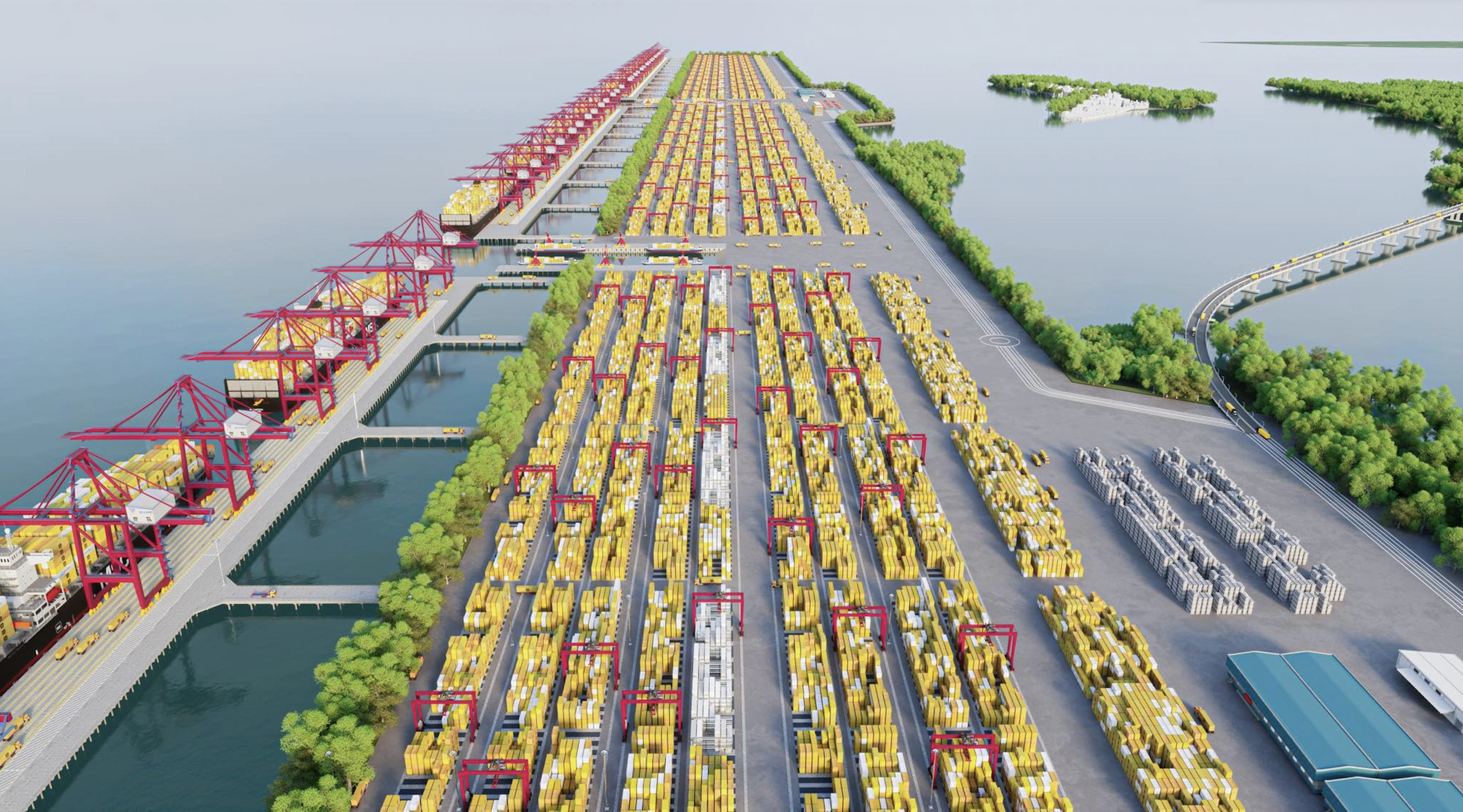



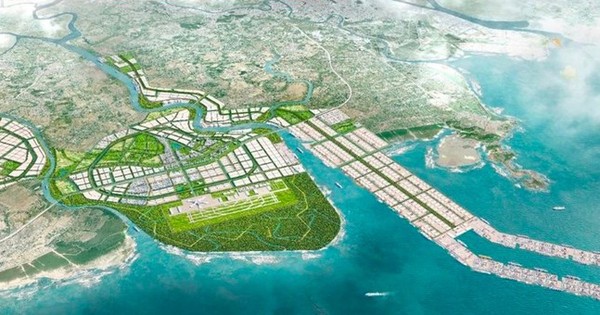

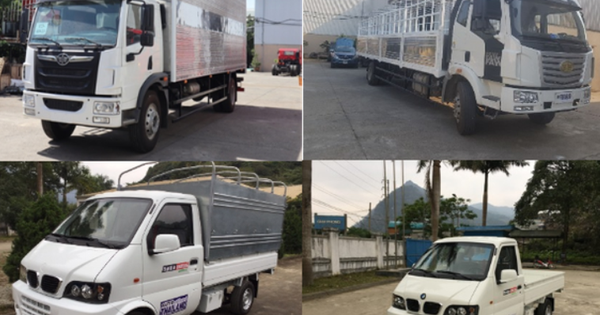
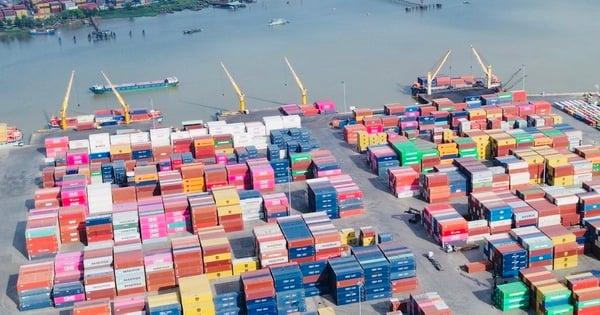




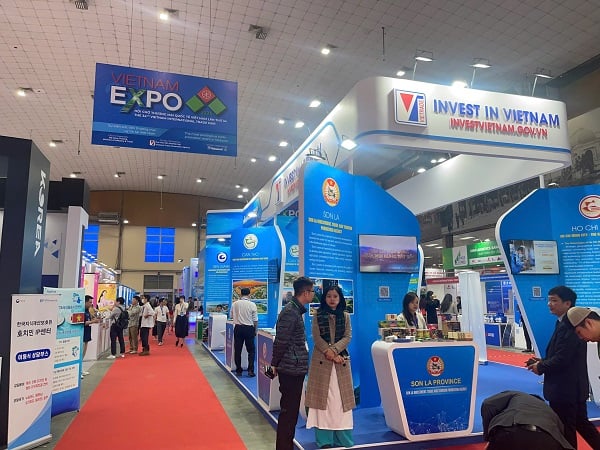





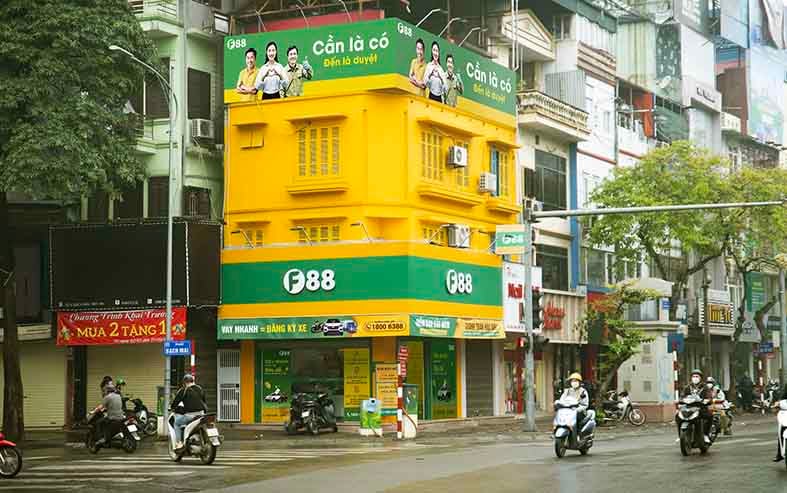



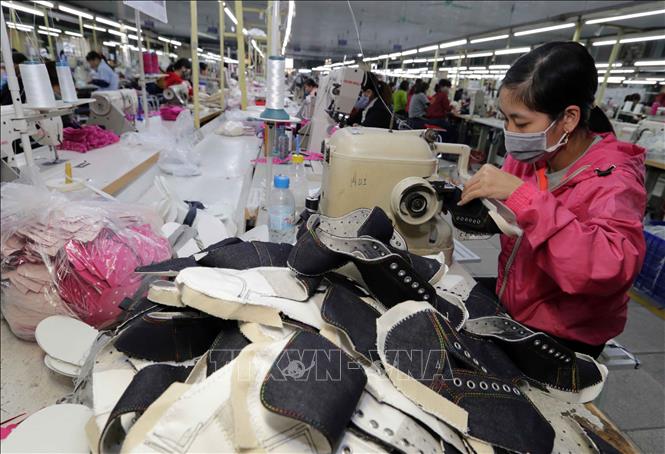








































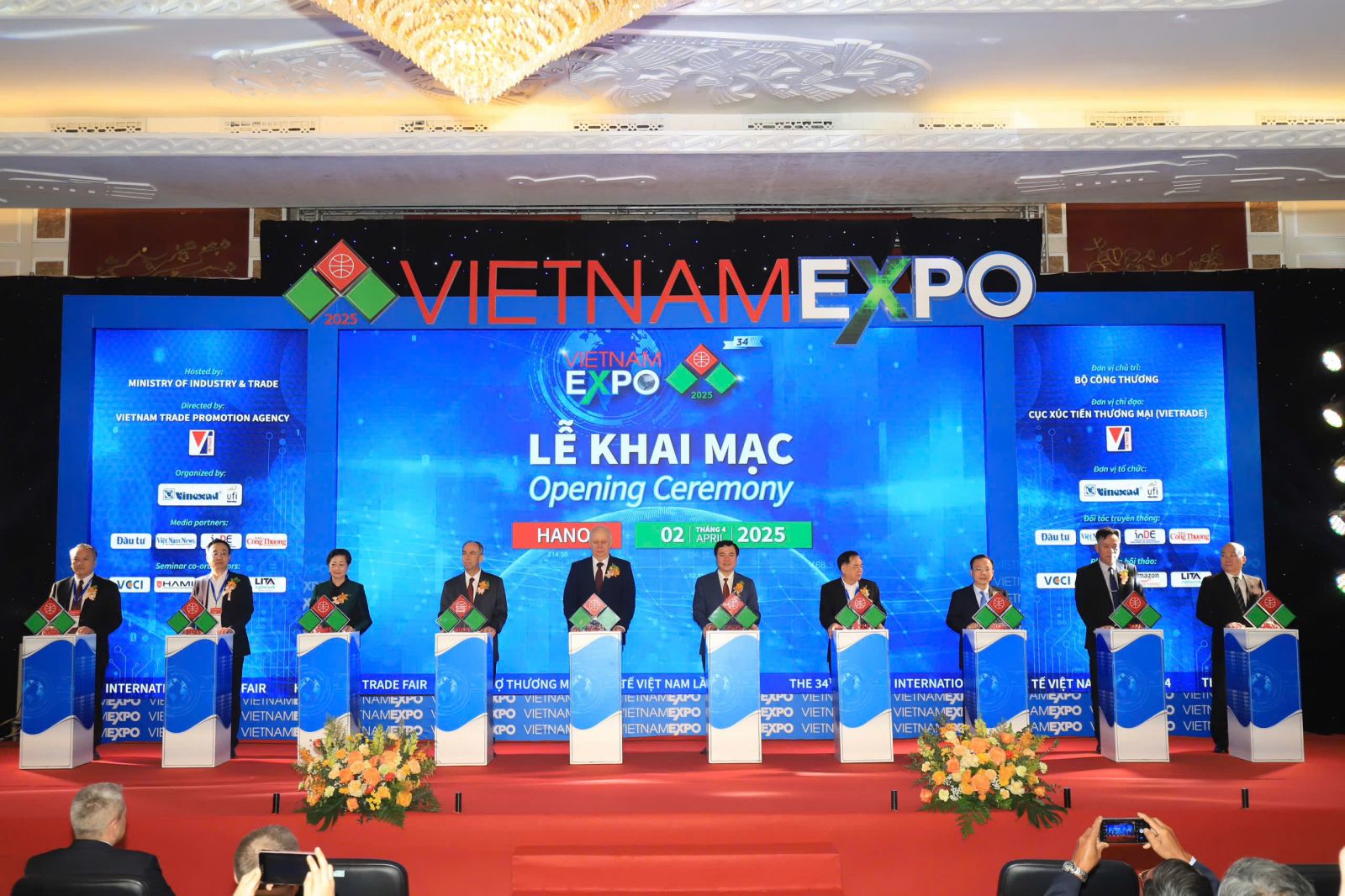









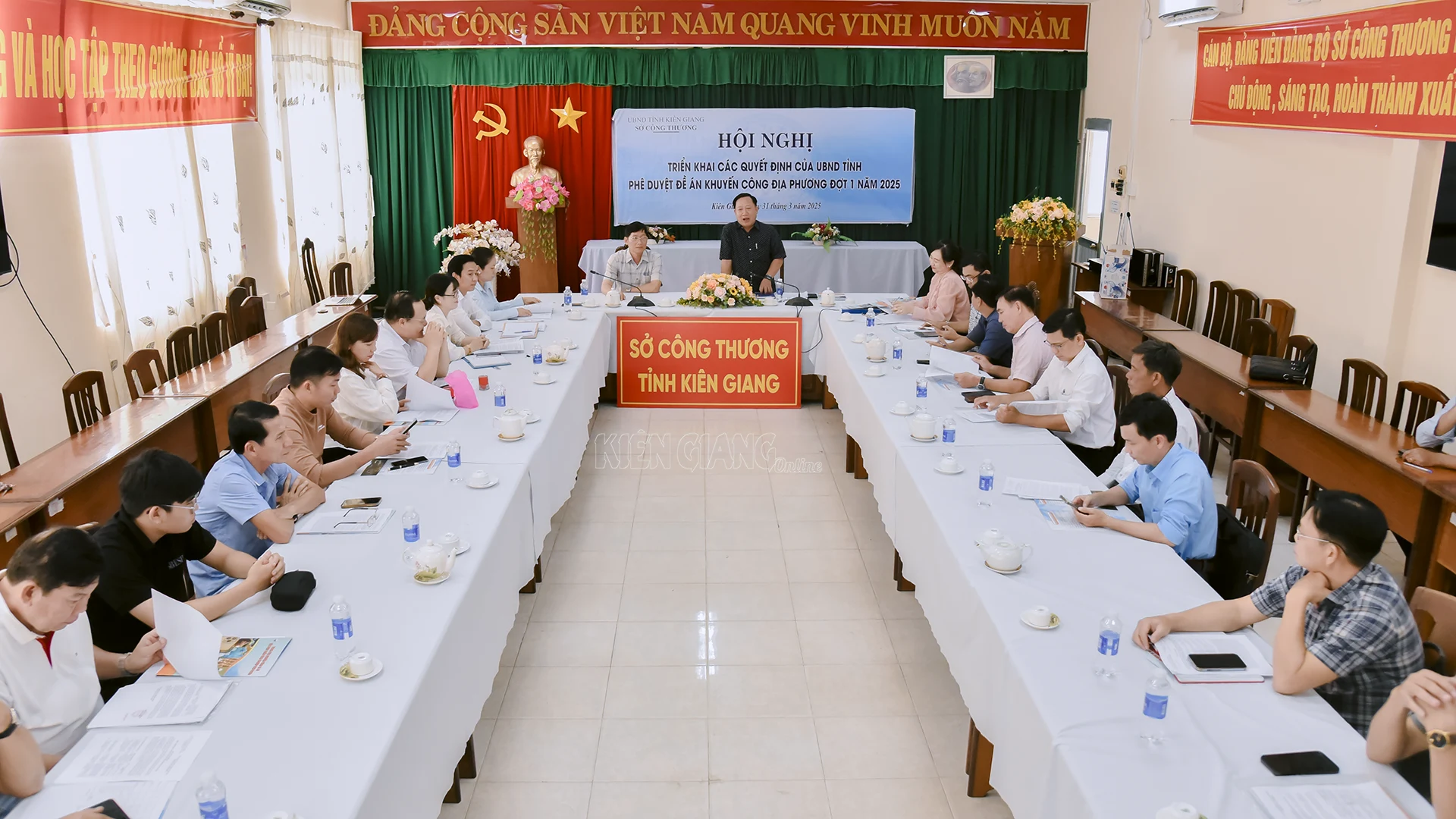

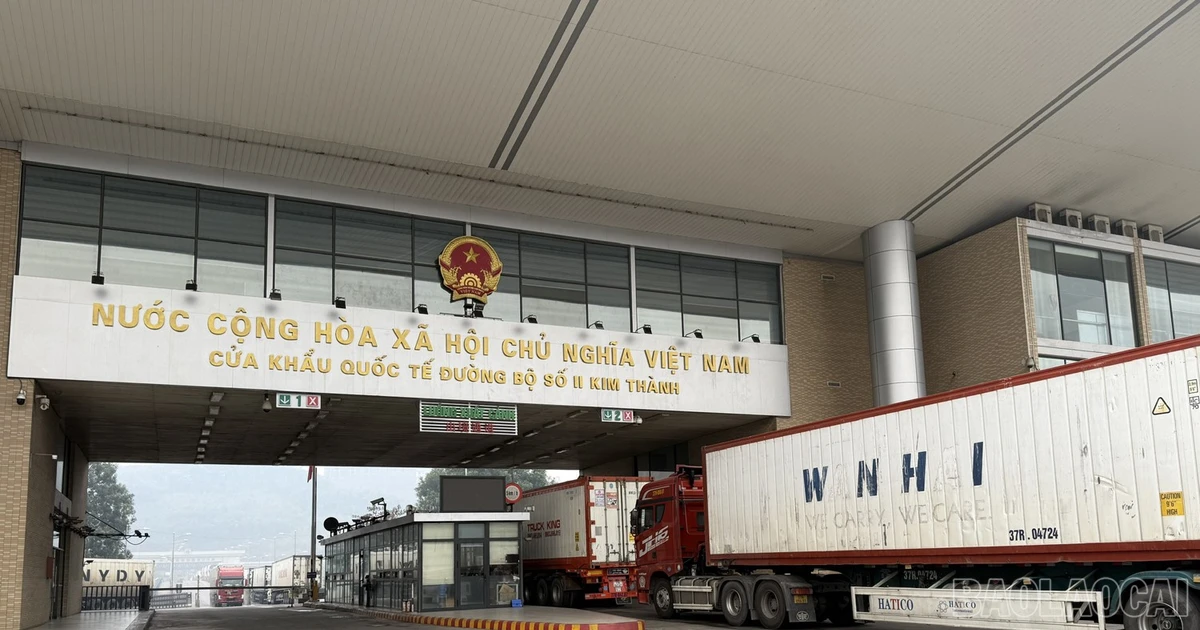
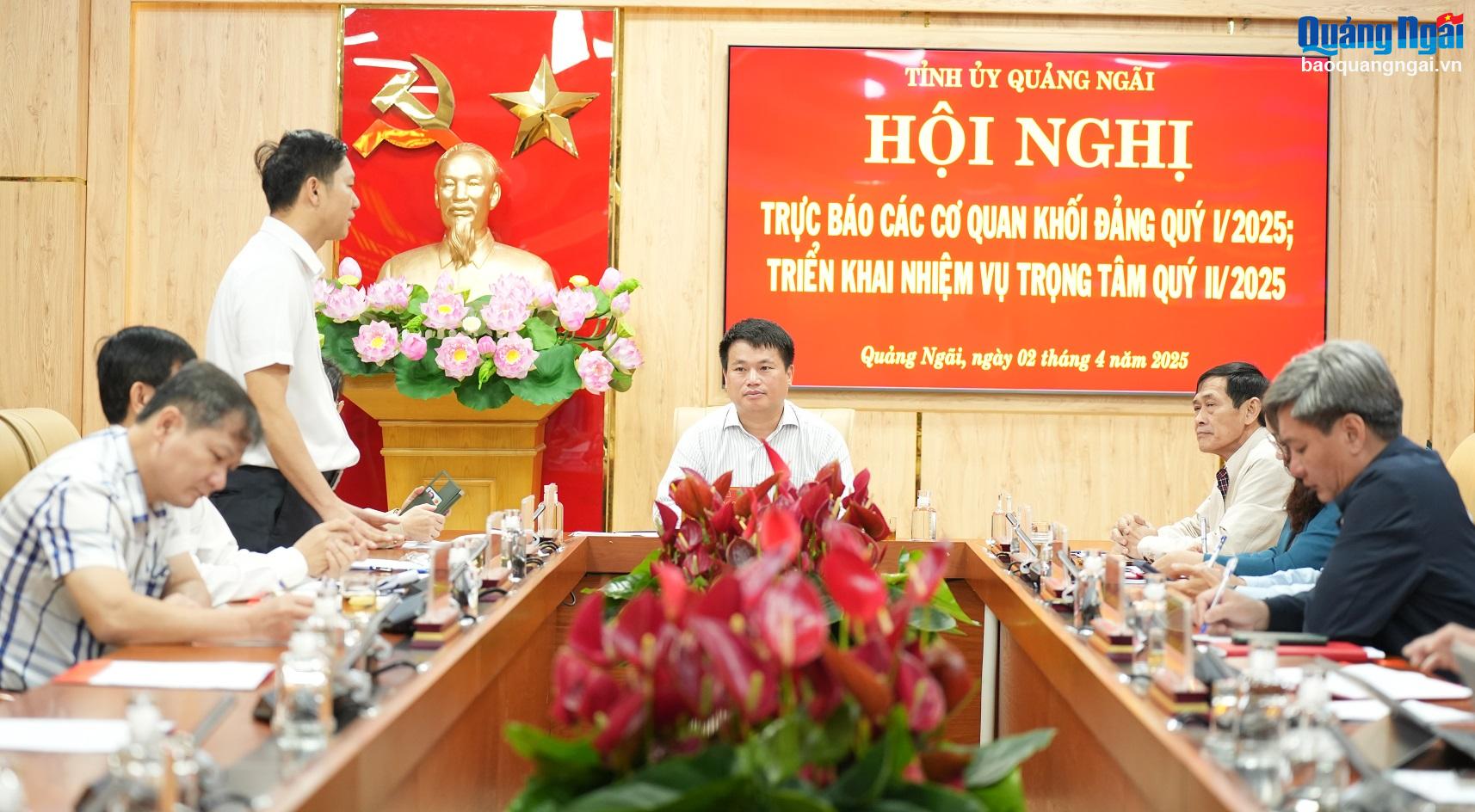












Comment (0)